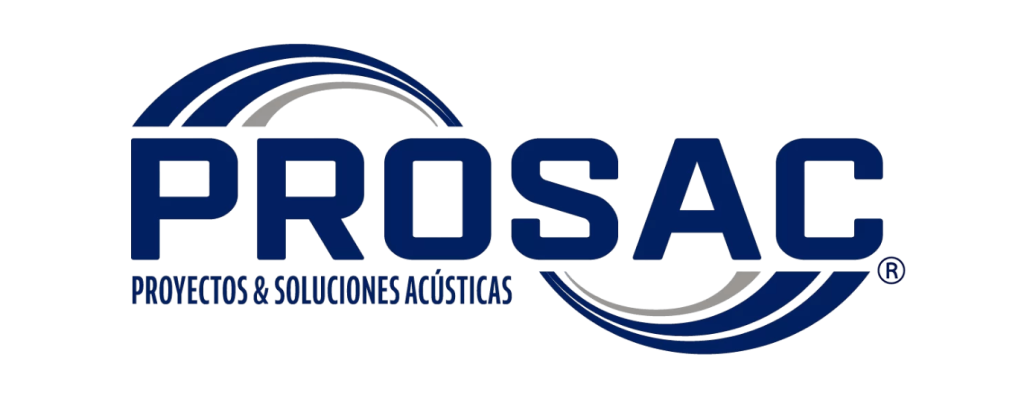

Discover some of the projects we have carried out with the experience and dedication of our professional team.
Magallanes and Chilean Antarctic Region, Chile
Industry: Renewable Energy
The development of a project associated with green hydrogen production required assessing the impacts of both airborne and underwater noise in a region with sensitive ecosystems. Activities included pile driving and vessel traffic, which could negatively affect native wildlife.
PROSAC conducted a baseline noise measurement campaign (airborne and underwater), characterizing the acoustic conditions prior to the project. 3D noise propagation models were developed for both airborne and underwater environments, considering factors such as topography, bathymetry, water temperature, and salinity. Noise maps were generated to define the extent of the influence area and assess the behavioral and physiological impact on various native species, in accordance with current regulations and SEA-published guidelines.
Results Achieved
Bogotá, Colombia
Industry: Environmental Regulation
Colombia’s National Environmental Licensing Authority (ANLA) required enhanced technical capacities for overseeing and managing permits related to projects that generate underwater noise. PROSAC designed a theoretical-practical training course on underwater noise modeling and assessment, which covered regulatory foundations, descriptions of underwater noise sources, hearing ranges of marine fauna groups, evaluation criteria, and noise propagation models.
Participants were also trained in the use of specialized modeling software (dBSea) through hands-on exercises simulating real-world scenarios. This project was funded by the Inter-American Development Bank (IDB).
Results Achieved
Los Lagos Region, Chile
Industry: Aquaculture
Two industrial plants required noise mitigation measures for both environmental and occupational settings in their production areas, in order to achieve regulatory compliance. The implemented measures included Splitter-type acoustic attenuators, cylindrical silencers, an acoustic barrier, double-glazed DVH windows for office areas, and acoustic enclosures—integrated into a control plan designed to avoid interference with production operations.
Results Achieved
Los Ríos Region, Chile
Industry: Port Sector
Environmental noise generated by heavy machinery and port operations was affecting nearby communities and workers in the area. An 11-meter-high, 86-meter-long acoustic barrier was built along the coastal zone of the Los Ríos Region. The engineering included an anti-seismic design and support for wind loads of up to 170 km/h. In addition, improvements were made to the alarm systems of heavy machinery to reduce noise levels without compromising operational safety.
Results Achieved:
Los Lagos Region, Chile
Industry: Salmon Production
An air injection system in a production line was generating high noise levels exceeding regulatory limits, affecting both workers and the surrounding community.
A Splitter-type acoustic device was designed and installed, specifically adapted to the system’s requirements, achieving a balance between operational efficiency and sound attenuation.
Results Achieved:
Regions: Los Lagos, Aysén, and Magallanes
Industry: Aquaculture
PROSAC has conducted comprehensive acoustic assessments for numerous salmon farming projects at sea, including aerial and underwater noise measurements, modeling, regulatory compliance evaluations, and the design of noise control measures.
As part of the Environmental Impact Assessment System (SEIA) process, synergistic noise effects with nearby projects holding an Environmental Qualification Resolution (RCA) were evaluated, following the criteria established by the Environmental Assessment Service (SEA) Guidelines. This includes the assessment of potential impacts on human receptors as well as native terrestrial and marine fauna, ensuring full compliance with regulatory requirements.
Results Achieved:
Atacama Region
Industry: Mining
A mining project required an assessment of its noise and vibration emissions at its facilities and along intercommunal material transport routes, focusing on impacts to the community and native fauna. The project included the construction of a power line and extensive water pipelines.
Field measurements of noise and vibration were carried out, and modeling was developed for the construction, operation, and closure phases of the project. This included vehicle traffic along external routes and audible noise from the electric line’s corona effect. Areas of impact on native fauna were identified and their overlap with relevant areas analyzed, alongside proposed control measures to ensure compliance with all applicable regulations.
Results obtained:
• Intercommunal noise maps precisely defining acoustic impact areas for human and native fauna receptors.
• Assessment of noise and vibration along vehicle traffic routes and in areas with fixed sources.
• Control measures to ensure regulatory compliance.
Los Lagos Region
Industry: Education and Music Production
At PROSAC, we have developed architectural acoustics projects in various types of spaces, ensuring optimal conditions for sound insulation and acoustic comfort. One of our standout projects is the acoustic design of the Santa Cecilia Recording Studio, located within the Fundación Creciente facilities in Osorno. In this case, we defined specific acoustic insulation criteria to guarantee an environment free from external and internal sound interference. As part of the solution, we designed doors, windows, wall coverings, and ventilation systems with optimized acoustic properties. Additionally, we established appropriate reverberation times for each room based on its use, implementing acoustic absorption systems to ensure high sound quality in recordings.
We also conducted the acoustic characterization of classrooms for the Music Education program at the Universidad de Los Lagos, Guillermo Gallardo campus in Puerto Montt. Through on-site measurements and standardized procedures, we evaluated key parameters such as acoustic insulation and reverberation time, providing a detailed analysis of the room’s acoustic conditions. This information allowed for the implementation of specific improvements to optimize the learning environment and acoustic quality in educational spaces.